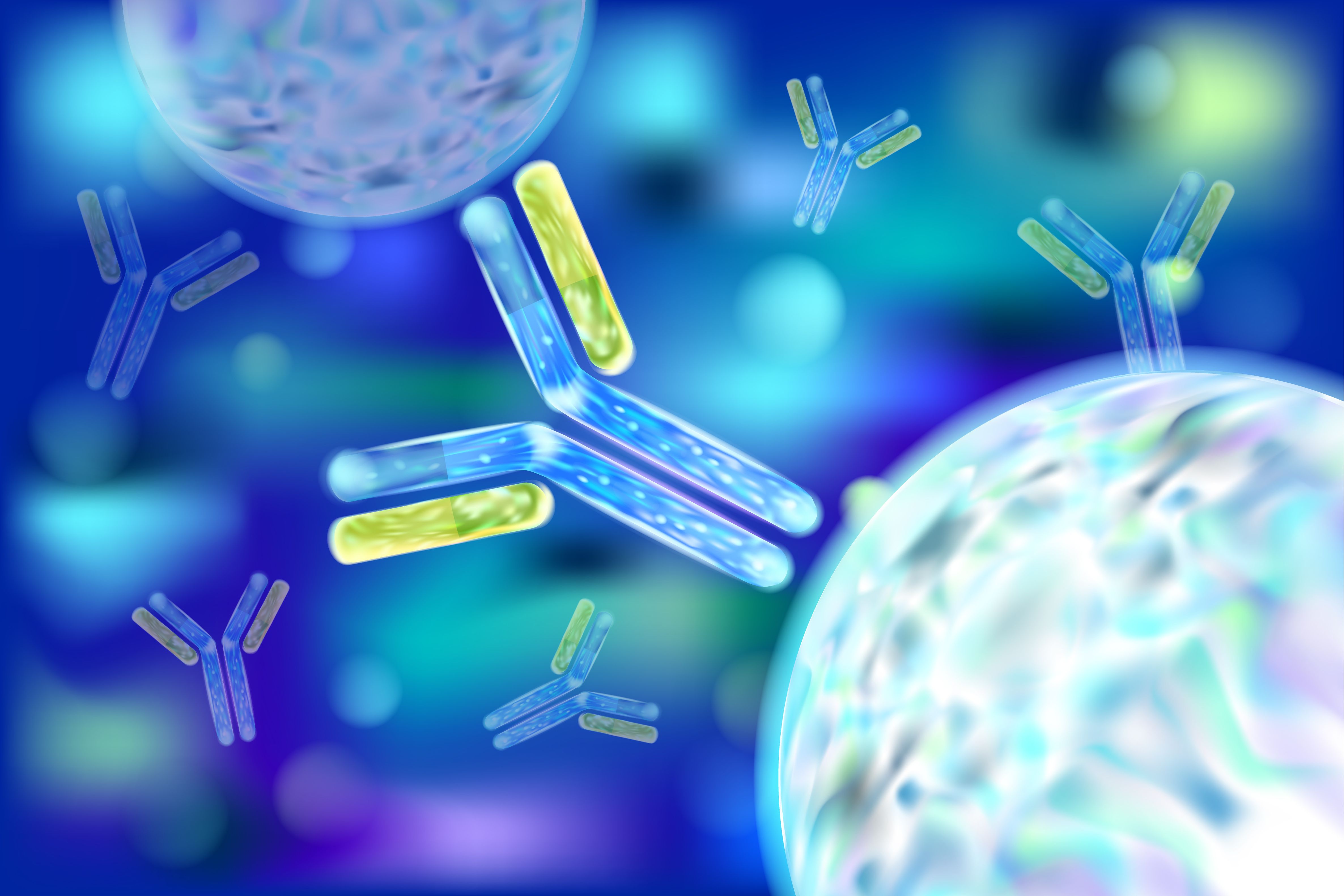Article
Animal Model May Accelerate Ebola Cure
Author(s):
One of the most crucial roles in the fight to stop the spread of Ebola may be played by a mouse.
One of the most crucial roles in the fight to stop the spread of Ebola may be played by a mouse.
Through studies conducted at the National Institutes of Health’s Rocky Mountain Laboratories in Montana, researchers have developed the first genetic strain of mice that can be infected with Ebola while displaying symptoms of the disease that mirror what humans experience.
Published in the October 30, 2014, issue of Science, the animal model is expected to significantly improve research to pinpoint potential treatments and vaccines for the disease.
"You can't look for a cure for Ebola unless you have an animal model that mimics the Ebola virus disease spectra," said study co-author Ralph Baric in a press release. "For the first time, we were able to produce a novel platform for rapidly developing new mouse models that replicate human disease for this virus, as well as other important emerging human pathogens."
Due to the fact that laboratory mice do not typically develop severe symptoms of the disease similar to humans, researchers set out to determine whether all mice are immune to Ebola or whether some strains are susceptible. Should some strains exhibit susceptibility, the researchers hypothesized that they may be able to harness mouse genetics to determine which genes make an individual disposed to the disease.
The researchers found that a combination of genes are involved in producing an array of disease symptoms. Therefore, the genetic variation of the mice directly led to the variety of symptoms produced by Ebola. The researchers were also able to pinpoint a single gene that is responsible for encoding a protein known as TEK, which accounts for much of the variation.
Using the new strains of mice infected with the same species of Ebola that is causing the current outbreak in West Africa, a separate study at the NIH lab evaluated locations on mouse genomes that are associated with influenza severity.
In prior research, conventional lab mice infected with the virus died, but they did not develop the typical symptoms of Ebola. For the current study, all of the mice that were tested experienced weight loss within the first few days after infection.
Of those mice, 19% were unaffected by the virus—not only surviving with no pathological evidence of the disease, but also fully regaining the weight they lost within just 2 weeks.
An additional 11% of the mice were partially resistant to the virus, and less than half of them died. Meanwhile, 70% of the mice had a >50% mortality rate, with 19% of that group experiencing liver inflammation without classic Ebola symptoms, and 34% experiencing blood that took too long to clot, which is a typical symptom of fatal Ebola fever in humans.
The mice that died also experienced internal bleeding, swollen spleens, and changes in both liver color and texture.
The study was able to correlate disease outcomes and variations to mortality rates in specific genetic lines of mice. As a result, the research suggests that genetic factors play a significant role in the mild-to-deadly range of reactions to the virus that patients experience.
"We hope that medical researchers will be able to rapidly apply these findings to candidate therapeutics and vaccines," said study co-lead Michael Katze in the press release.





